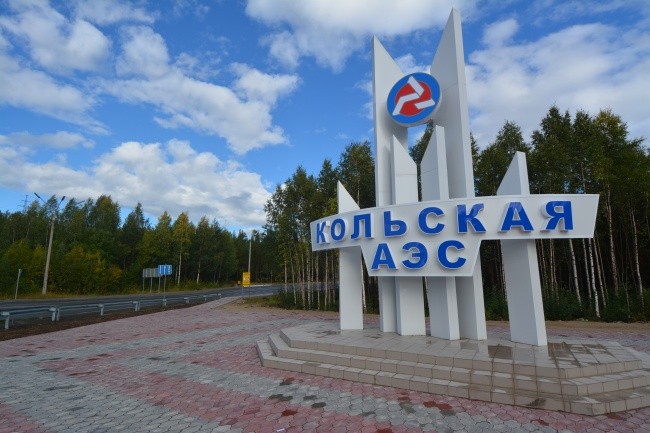Construction on a second nuclear power plant in the Murmansk area will begin in 2028, Russian nuclear authorities have said, finally making official a plan that has lingered for the past three decades.
Construction on a second nuclear power plant in the Murmansk area will begin in 2028, Russian nuclear authorities have said, finally making official a plan that has lingered for the past three decades.
The new two-reactor plant, to be called the Kola Nuclear Power Plant II, will replace the elderly reactors at the original Kola plant, where environmentalists have often criticized plant officials for prolonging reactor runtimes well past engineered lifespans.
The two reactors set to be replaced by the second Kola plant began operations in the first half of the 1970s, putting them among the longest running nuclear reactors in the world. They are now set to retire in 2033 and 2034 respectively.
It is by that time that Vasily Omelchuk, the Kola nuclear power plant’s director, told an online briefing that the first reactor at the new plant will be completed – just in time to fill the gap left by older plant’s shut down.
The present plant’s four reactors provide about 60% of the electricity used in the Murmansk region and about half of the power needed by the entire Republic of Karelia.
The two new reactors will be of the VVER-600 variety, the Barents Observer reported, which is a medium sized water loop cooled model that Rosatom, Russia’s state nuclear corporation, has yet to build anywhere else. They will replace the VVER-440 models running at the original Kola plant.
Plans for a second Kola plant have been discussed since the 1990s, but they failed to gain traction until 2012, when Rosatom announced that the new plant would be located about 10 kilometers south of the present facility. For several years thereafter, discussions centered around what sort of reactor the new site should be based on.
Finally, in 2016, a government decree specified that the new plant would run on VVER-600 reactors which are based on the larger VVER-1200 design featured at the Leningrad Nuclear Power Plant II.
As these discussions continued, however, the reactors at the original Kola plant continued to age, each demanding numerous lifetime extensions to continue operations. At present, the only reactor in the world that has been running longer than reactor No 1 at the Kola site is the reactor at the Oyster Creek Nuclear Power Plant in the US state of New Jersey, which began operation in 1969.
Granting runtime extensions is an industry-wide practice employed by numerous nations, but in Russia, it has often been used to postpone decommissioning operations that the government lacks funds to perform.
And while most countries operation nuclear reactors have at one time or another granted runtime extensions of their own, the nuclear industry as a whole lacks experimental data that would predict how reactor cores degrade beyond 40 years of use. There is, however, on the job experience showing that the older a reactor gets, the more accident prone it becomes.
That bodes poorly not just for the Kola plant’s older units, but for the majority of the 442 nuclear reactors operating worldwide, the vast majority of which were built more than 40 years ago.
In the past, Norway, as the Kola plant’s closest European neighbor, has provided money and technical assistance to the plant. But that assistance has had to tread a fine line between staving off disaster while also assuring that such aid would not assist in prolonging the reactor’s life-expectancy beyond its original shutdown dates in the early 2000s.
Eventually, as the reactors surpassed these shutdown dates, the assistance was discontinued.
At an annual meeting between Norwegian and Russian nuclear officials earlier this month, the Norwegian side praised the new reactor plans, saying that the ones marked for retirement aren’t sufficiently safe, the Barents Observer reported.




